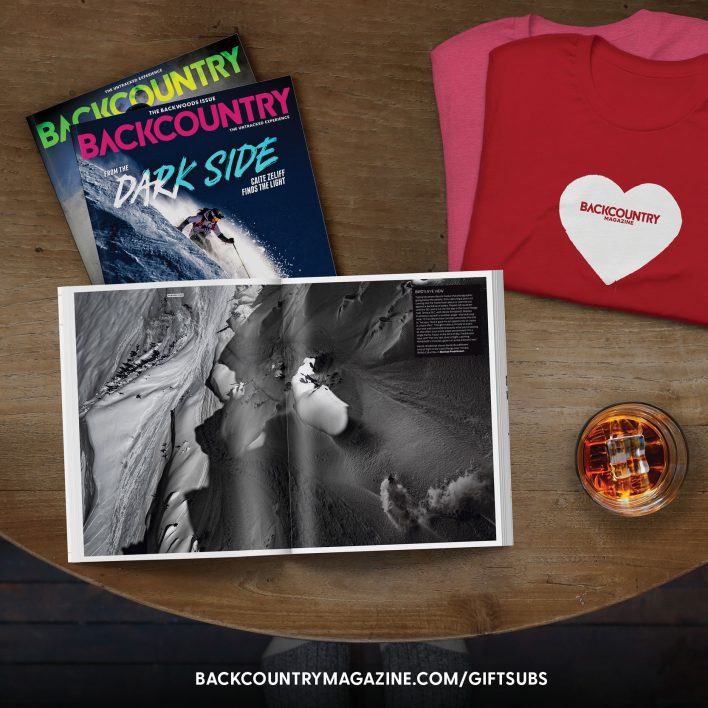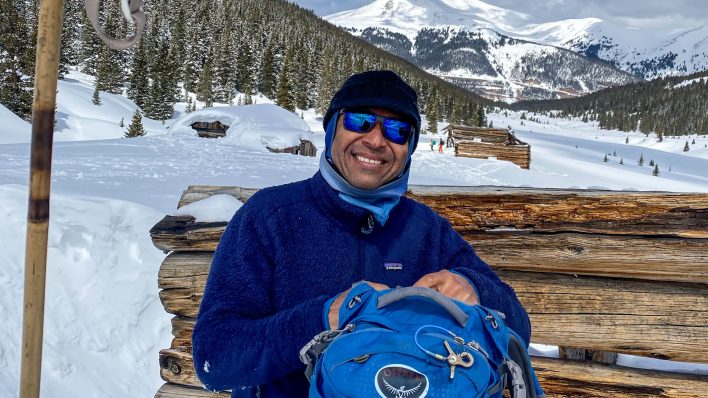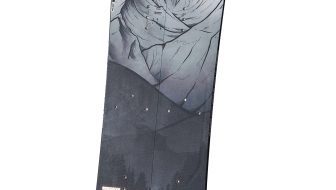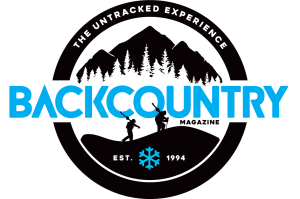How to Choose a Splitboard
It can be difficult to know exactly what you’re looking for in a board, especially if you haven’t ridden may splits. If you’re a doctor, lawyer or trust funder, buy them all—pow stick, jibber, daily driver and Alaska spine-line beast. If you’re like most folks and want to make the most of one, maybe two, splits, start by figuring out your goals for being in the backcountry.
If you’re into big lines, couloirs and split mountaineering, look for something both lightweight and stiff. Camber underfoot will give you more edge hold in dicey situations and on steep slopes, and a long camber pocket offers stability at speed. Carbon or flax is often added to these boards to increase stiffness while keeping weight manageable. However, these decks usually require a rider willing to drive them.
If you’re looking for a more forgiving daily driver, something mostly for pow or corn on mellower slopes, you could choose a board that is a bit heavier to increase dampness or softer to increase playfulness, perhaps with full sidewalls and thicker core materials. Rockered boards—ones with shorter camber pockets or no camber at all—offer easier edge-to-edge transitions and float in deep, soft snow. Freestylers might want a deck with a snappy core and lots of pop for ollies or a volume-shifted freestyle deck that works best at slower speeds. Boards like these are often more forgiving for beginner or intermediate riders.
And, if you can only buy one, like many people, you might seek out something that straddles the middle and incorporates features from each type. That balance is going to be fun on a daily basis but won’t leave you hanging on the few big lines you do each year.
Board Profiles
Throughout many reviews, spec sheets and marketing speak, particular words describe the shape of a splitboard. But what do they mean? And, more importantly, how do they affect the ride?
Camber
The OG profile. Camber looks like a raised arch off the snow along the long axis of the deck, and nearly all boards employ at least some of it. Longer camber means more stability in long turns but can lead to feeling too locked into turns. A taller camber pocket can provide more bite when flexed properly, while lower camber can be more forgiving. For freestyle aficionados, camber helps provide the requisite potential energy for strong ollies.
Rocker
Camber’s punk little brother. Across the whole board, rocker looks like a smiley face (turned up off the snow). Many boards use it in the tip and tail. Nose rocker keeps the board from diving in deep snow, while tail rocker helps for switch riding and helps the tail release out of turns.
Spoon Nose
Like rocker but across the short axis (edge to edge). These beveled noses or tails help boards release out of turns more easily, often without shortening a board’s effective edge and limiting carving capacity. This technology is found in many Jones boards with Contour base technology, though other brands also employ spoon profiles.
Sidecut
The curvature of the heelside and toeside edges. Deeper sidecut helps a board make short radius turns better, though it may feel squirrely at speed. Shallower sidecut corresponds with longer turn radii and stability in long, swooping carves. Some boards employ progressive sidecut that uses different radii along the length of the edge, which is meant to make a board versatile in various turn sizes.
Taper
Tapered boards have a tail that is narrower than the nose. Especially with wide boards, this helps initiate turns, but too much can create toe drag.
Cores
Cores are made with laminated pieces of wood and other materials. Each wood has its own characteristics: Paulownia is light and strong; bamboo is poppy; poplar adds flex and pop. Companies add carbon fiber, aramid or fiberglass into the core to stiffen the board and shave weight. Some add dampness (ability to absorb bumps and chatter) with stringers of metal that run the length of the board or in crucial areas. Metal inserts can also be used in other areas to provide rigidity.
See our ski tech talk to learn more about specific woodcore characteristics.










Related posts: